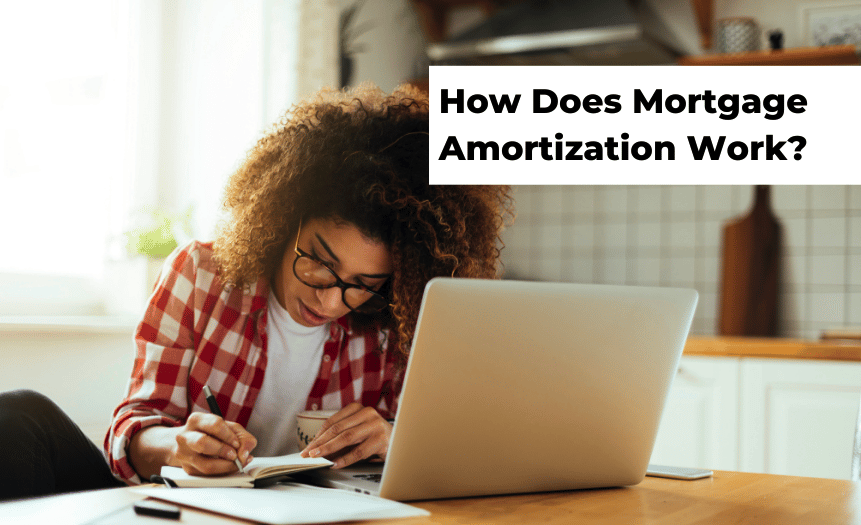Understanding Mortgage Amortization: How Your Payments Break Down
Understanding Mortgage Amortization: How Your Payments Break Down
For many aspiring homeowners, getting a mortgage is a crucial step in realizing their homeownership dreams. However, understanding the intricacies of mortgage payments, particularly mortgage amortization, can be a bit overwhelming. In this blog, we’ll break down the concept of mortgage amortization and help you grasp how your monthly payments are structured, empowering you to make informed decisions about your home loan.
What is Mortgage Amortization?
Mortgage amortization is the process of paying off your mortgage loan over time through a series of regular payments. These payments typically consist of both principal and interest, with a fixed monthly amount. Over the life of your mortgage, the way your payments are allocated between principal and interest changes, and this is what we’ll explore in detail.
Breaking Down Your Monthly Mortgage Payment:
- Principal Payment: The principal portion of your monthly mortgage payment goes directly toward reducing the outstanding balance of your loan. As you make payments, the principal decreases, and you gradually build equity in your home.
Interest Payment: The interest portion of your payment is the cost of borrowing the money from the lender. In the early years of your mortgage, a significant portion of your payment goes toward interest. As your loan balance decreases, the interest portion of your payment also decreases.
Understanding Amortization Schedules:
To understand how your payments change over the life of your mortgage, you can refer to an amortization schedule. This is a table that outlines each monthly payment throughout the loan term, showing the exact allocation of principal and interest.
Key Points to Note:
- Front-Loaded Interest: In the initial years of your mortgage, a larger percentage of your monthly payment goes toward paying off interest, while a smaller portion is applied to the principal. This means your loan balance decreases relatively slowly at first.
Equity Buildup: As you continue making payments, the portion allocated to the principal increases. This leads to accelerated equity buildup in your home. Equity is the difference between your home’s market value and the remaining mortgage balance.
Loan Term Impact: The length of your mortgage term can significantly affect the total interest you pay. Shorter-term mortgages (e.g., 15 years) generally have higher monthly payments but lower total interest costs compared to longer-term mortgages (e.g., 30 years).
Extra Payments: Making additional payments toward your principal can shorten the loan term and reduce the total interest paid. It’s important to check with your lender to ensure there are no prepayment penalties.
In conclusion, understanding mortgage amortization is essential for every homebuyer. It allows you to see how your monthly payments contribute to building equity in your home and paying off your loan. By knowing the dynamics of amortization, you can make informed decisions about your mortgage, such as choosing the right loan term and considering extra payments to save on interest. As you embark on your homeownership journey, use this knowledge to manage your mortgage effectively and work towards the financial freedom that comes with owning a home.


